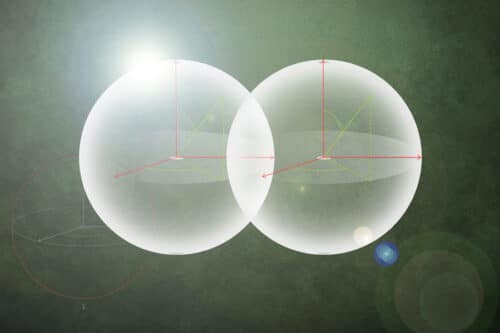The quantum device makes light and matter work together better, helping read qubits faster, run more steps in less time, and build better quantum computers.

Credits:Credit: Christine Daniloff, MIT
Quantum computers could one day transform fields like materials science and machine learning by simulating complex systems or accelerating data processing. To make this possible, quantum operations must happen extremely fast to allow for timely measurements and error correction before errors accumulate. This speed hinges on the efficiency of the readout process, which depends on the strength of interaction between photons—light particles that carry quantum information—and artificial atoms, which store it.
MIT researchers have now demonstrated what may be the strongest nonlinear light-matter coupling in a quantum system. Using a novel superconducting circuit, they achieved a coupling strength about ten times greater than previous efforts, potentially enabling much faster quantum processing. While not yet ready for real-world deployment, this breakthrough establishes key physics needed for faster, more reliable quantum computing.
A new coupler
This demonstration builds on years of theoretical work and centers on the development of a novel quantum device called a quarton coupler. Originally designed to improve photon detection for quantum information processing, the coupler quickly became a focal point due to its wide range of applications in quantum operations and readout. The researchers integrated the quarton coupler into a chip with two superconducting qubits. One qubit acts as a resonator, while the other serves as an artificial atom to store quantum information. Microwave photons are used to transfer this information. When microwave light is applied, the qubit’s state—either 0 or 1—shifts the frequency of the resonator. This shift, made possible by the strong nonlinear coupling between light and matter, is what enables precise and efficient quantum readout.
Enabling faster readout
The quarton coupler enables light-matter coupling about ten times stronger than previous methods, allowing much faster quantum readout. Integrating this into full circuits with added components like filters could make it practical for larger quantum systems. The same setup also shows strong matter-matter coupling, important for future quantum operations. Fast readout and operations are critical, as qubits have limited lifespans. Stronger coupling allows more operations and error correction in less time, moving closer to building fault-tolerant quantum computers for real-world use.







